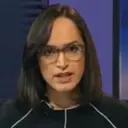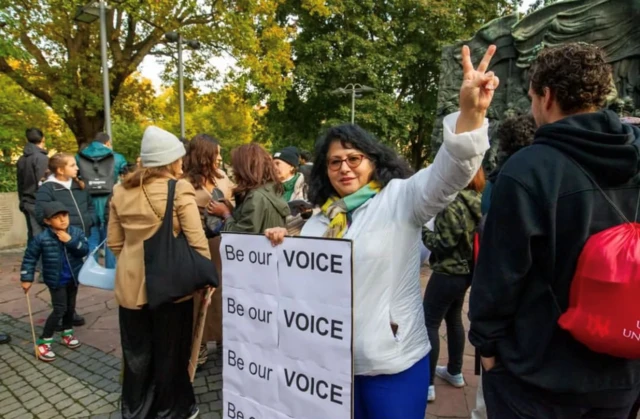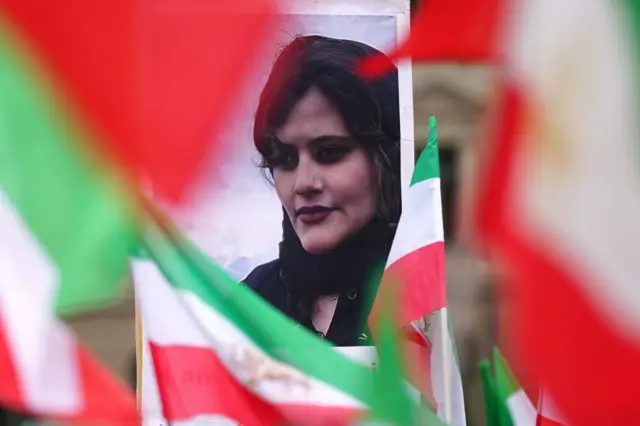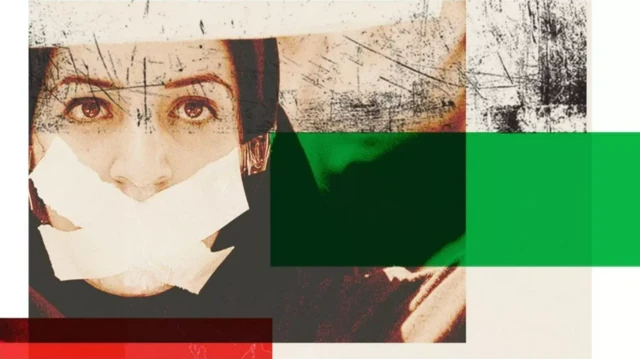WATCH: Why are women cutting their hair in protest?published at 11:23 BST 14 October 2022
Women around the world - some high-profile such as actress Juliette Binoche - have been showing their support for the protesters by cutting their hair.
The act is being seen as a sign of support for Iranian women and girls as well as of protest and rebellion against the Iranian regime, following the death of Mahsa Amini.
Women in Iran and all over the world have also been burning headscarves, shouting “Women, life, freedom” and “No to the headscarf, no to the turban, yes to freedom and equality”.





